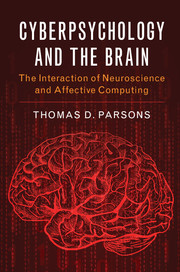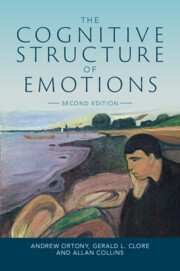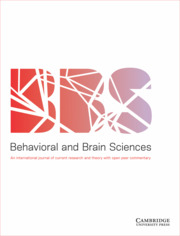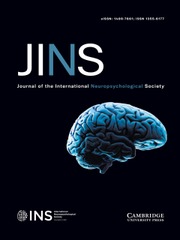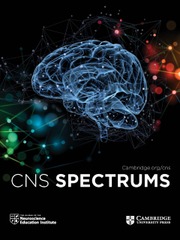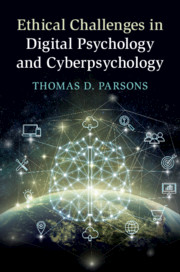Cyberpsychology and the Brain
Cyberpsychology is a relatively new discipline that is growing at an alarming rate. While a number of cyberpsychology-related journals and books have emerged, none directly address the neuroscience behind it. This book proposes a framework for integrating neuroscience and cyberpsychology for the study of social, cognitive, and affective processes, and the neural systems that support them. A brain-based cyberpsychology can be understood as a branch of psychology that studies the neurocognitive, affective, and social aspects of humans interacting with technology, as well as the affective computing aspects of humans interacting with computational devices or systems. As such, a cyberpsychologist working from a brain-based cyberpsychological framework studies both the ways in which persons make use of devices and the neurocognitive processes, motivations, intentions, behavioural outcomes, and effects of online and offline uses of technology. Cyberpsychology and the Brain brings researchers into the vanguard of cyberpsychology and brain research.
- Proposes a framework for integrating neuroscience and cyberpsychology
- Presents research that is not readily available in any other text
- Offers a comprehensive account of brain-based cyberpsychology research findings
Product details
April 2017Hardback
9781107094871
460 pages
235 × 159 × 27 mm
0.87kg
Available
Table of Contents
- Preface
- Part I. Introduction:
- 1. Cyberpsychology: changing roles and tools
- 2. Brain and cyberpsychology: a primer
- 3. Measurement in cyberpsychology
- Part II. The Medium is the Message that Changes the Brain:
- 4. This is your brain on the internet
- 5. Facebook and the socially networked brain
- 6. The media multitasked brain
- 7. Cyber addictions
- Part III. Cyberpsychology and the Neurosciences:
- 8. Cyberpsychology, ecological validity, and neurosciences of everyday living
- 9. Affective neuroscience for affective computing
- 10. Social neuroscience and the need for dynamic simulations
- 11. Clinical neuroscience: novel technologies for assessment and treatment
- Part IV. Applied Cyberpsychology:
- 12. Psychophysiological computing in cyberpsychology
- 13. Cyberpsychology of videogames
- 14. NeuroIS: cybersecurity and the brain
- Part V. Conclusions:
- 15. Prospects for a brain-based cyberpsychology.

